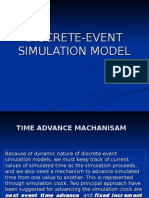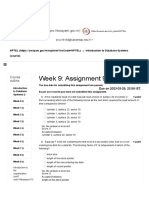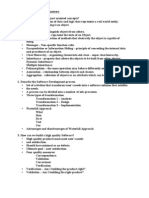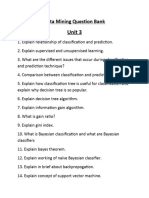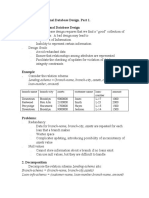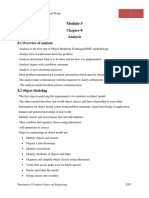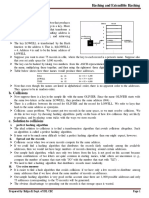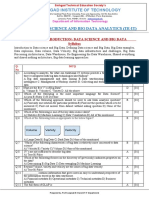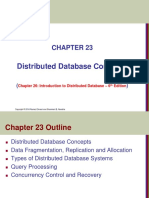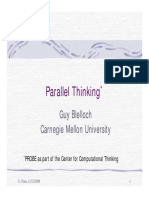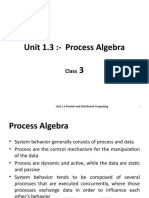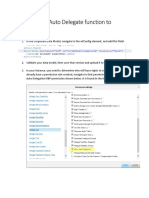0% found this document useful (0 votes)
211 views15 pagesUnit 2.2:-BSR (Broadcasting With Selective Reduction) 8: Class
The document describes the Broadcasting with Selective Reduction (BSR) model for parallel and distributed computing. It has three phases: 1) the broadcast phase where all processors write to memory locations concurrently, 2) the selection phase where a switch selects data to pass a criteria, and 3) the reduction phase where selected data is reduced to a single value. BSR can be used for problems like sorting, parenthesis matching, and finding optimal subsegments. It works by having processors broadcast data with tags and selecting data based on tag comparisons to criteria before applying a reduction operation.
Uploaded by
Deepa TamangCopyright
© © All Rights Reserved
We take content rights seriously. If you suspect this is your content, claim it here.
Available Formats
Download as PDF, TXT or read online on Scribd
0% found this document useful (0 votes)
211 views15 pagesUnit 2.2:-BSR (Broadcasting With Selective Reduction) 8: Class
The document describes the Broadcasting with Selective Reduction (BSR) model for parallel and distributed computing. It has three phases: 1) the broadcast phase where all processors write to memory locations concurrently, 2) the selection phase where a switch selects data to pass a criteria, and 3) the reduction phase where selected data is reduced to a single value. BSR can be used for problems like sorting, parenthesis matching, and finding optimal subsegments. It works by having processors broadcast data with tags and selecting data based on tag comparisons to criteria before applying a reduction operation.
Uploaded by
Deepa TamangCopyright
© © All Rights Reserved
We take content rights seriously. If you suspect this is your content, claim it here.
Available Formats
Download as PDF, TXT or read online on Scribd
/ 15




